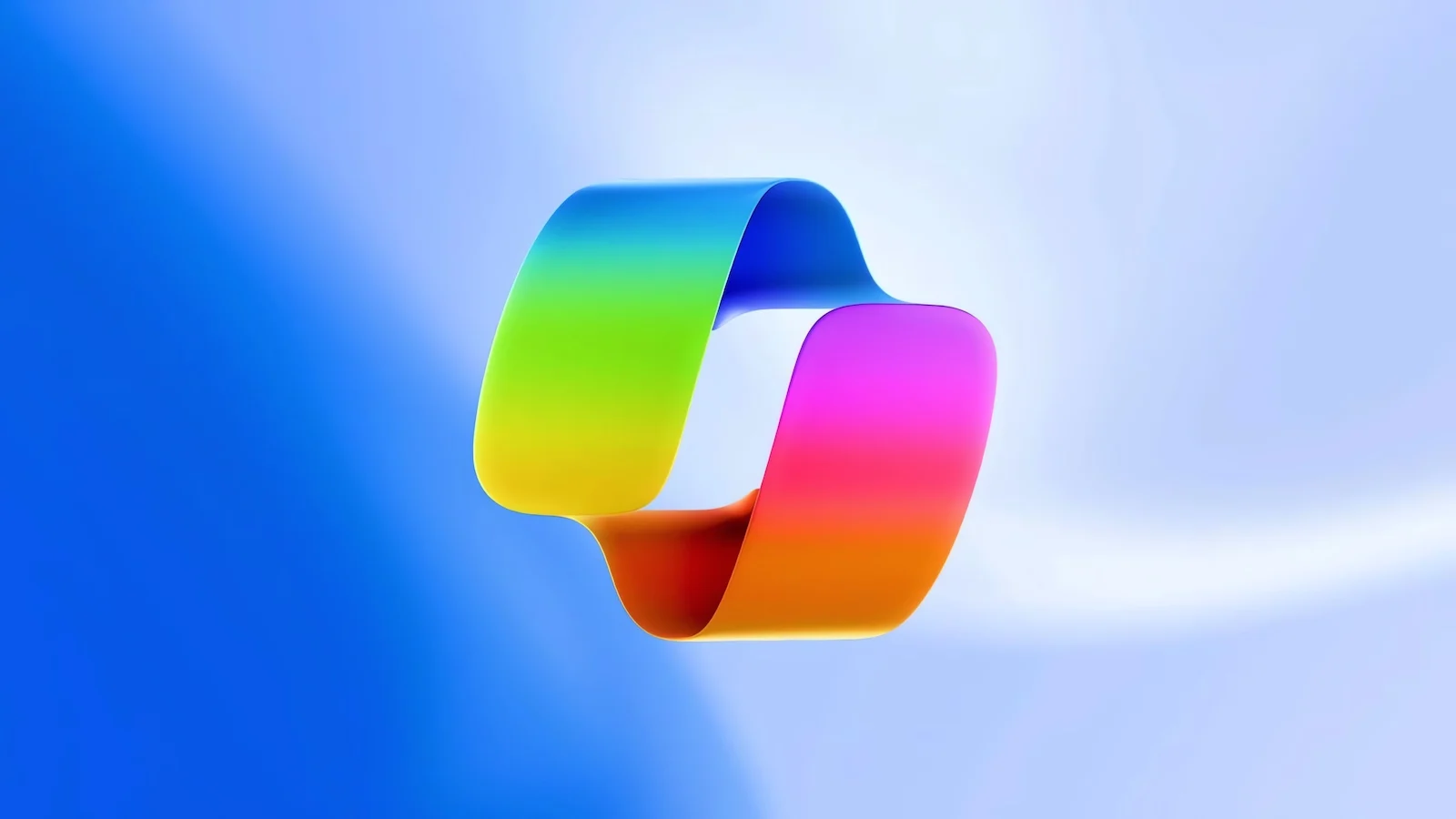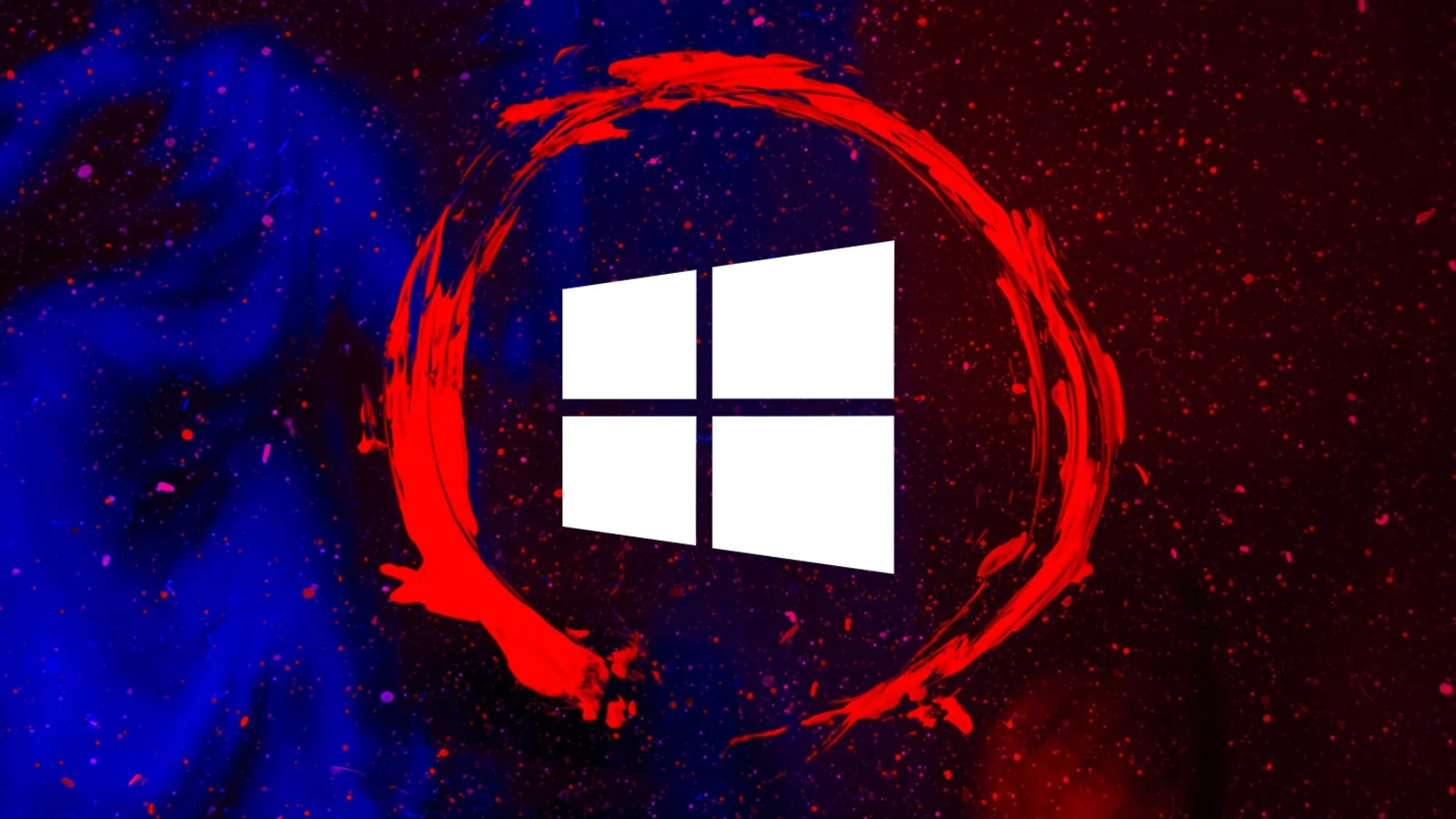Microsoft Copilot GenAI, an advanced AI-powered assistant integrated within Microsoft 365, offers significant productivity boosts by automating tasks, generating content, and providing real-time suggestions. However, its deployment and use come with potential security risks. Here are four essential steps to use Microsoft Copilot GenAI securely.
Step 1: Identity and Access Management
Ensuring that only authorized users can access Copilot is crucial. Implementing robust identity and access management (IAM) practices is the first line of defense. Here are key measures:
- Multi-Factor Authentication (MFA): Enforce MFA to add an extra layer of security, ensuring that access to Copilot requires not just a password but also a secondary verification step.
- Privileged Identity Management (PIM): Use PIM to manage and monitor access to sensitive resources. This tool helps in providing just-in-time access, reducing the risk of prolonged exposure of privileged accounts.
- Regular Access Reviews: Conduct periodic access reviews to ensure that only the necessary personnel have access to Copilot. This helps in identifying and revoking any unnecessary or outdated permissions.
Step 2: Data Classification and Governance
Effective data classification and governance are essential for maintaining control over sensitive information accessed or generated by Copilot:
- Sensitivity Labels: Utilize Microsoft Purview to classify and label data based on its sensitivity. Automated labeling can help in identifying and protecting sensitive data consistently.
- Data Loss Prevention (DLP): Implement DLP policies to prevent the sharing of sensitive information outside the organization. These policies can restrict the copying or transferring of data to unauthorized locations.
- Governance Policies: Establish comprehensive governance policies that outline how data should be handled, accessed, and shared. Regularly review and update these policies to adapt to new security challenges.
Step 3: Application Protection Policies
Application protection policies ensure that data generated by Copilot remains secure across various devices and applications:
- Microsoft Intune: Deploy Intune to manage and protect devices that access Copilot. Intune can enforce app protection policies, ensuring that organizational data remains within managed applications and cannot be copied to unauthorized apps.
- Device Compliance Checks: Ensure that all devices accessing Copilot meet health and compliance requirements. This includes regular monitoring and remediation of any non-compliant devices.
- Conditional Access Policies: Implement conditional access policies to restrict access to Copilot based on device compliance, location, and user risk levels.
Step 4: Continuous Monitoring and Threat Protection
Proactively monitoring and responding to security threats is vital for maintaining a secure environment:
- Microsoft Defender for Cloud Apps: Utilize Defender for Cloud Apps to monitor user interactions with Copilot. This tool can detect suspicious activities, such as access from risky IP addresses, and trigger alerts for further investigation.
- Threat Detection and Response: Integrate Microsoft Defender XDR (Extended Detection and Response) for comprehensive threat detection and response capabilities. This tool provides insights into the full attack chain and enables quick mitigation of threats.
- Audit and Compliance Monitoring: Use auditing features to track and log Copilot interactions. This helps in maintaining accountability and transparency, ensuring that all actions are recorded for future reference.
Securing Microsoft Copilot GenAI involves a multi-layered approach that includes robust identity and access management, strict data classification and governance, comprehensive application protection policies, and continuous monitoring and threat protection. By following these steps, organizations can leverage the powerful capabilities of Copilot while maintaining a secure and compliant environment.



















Add Comment